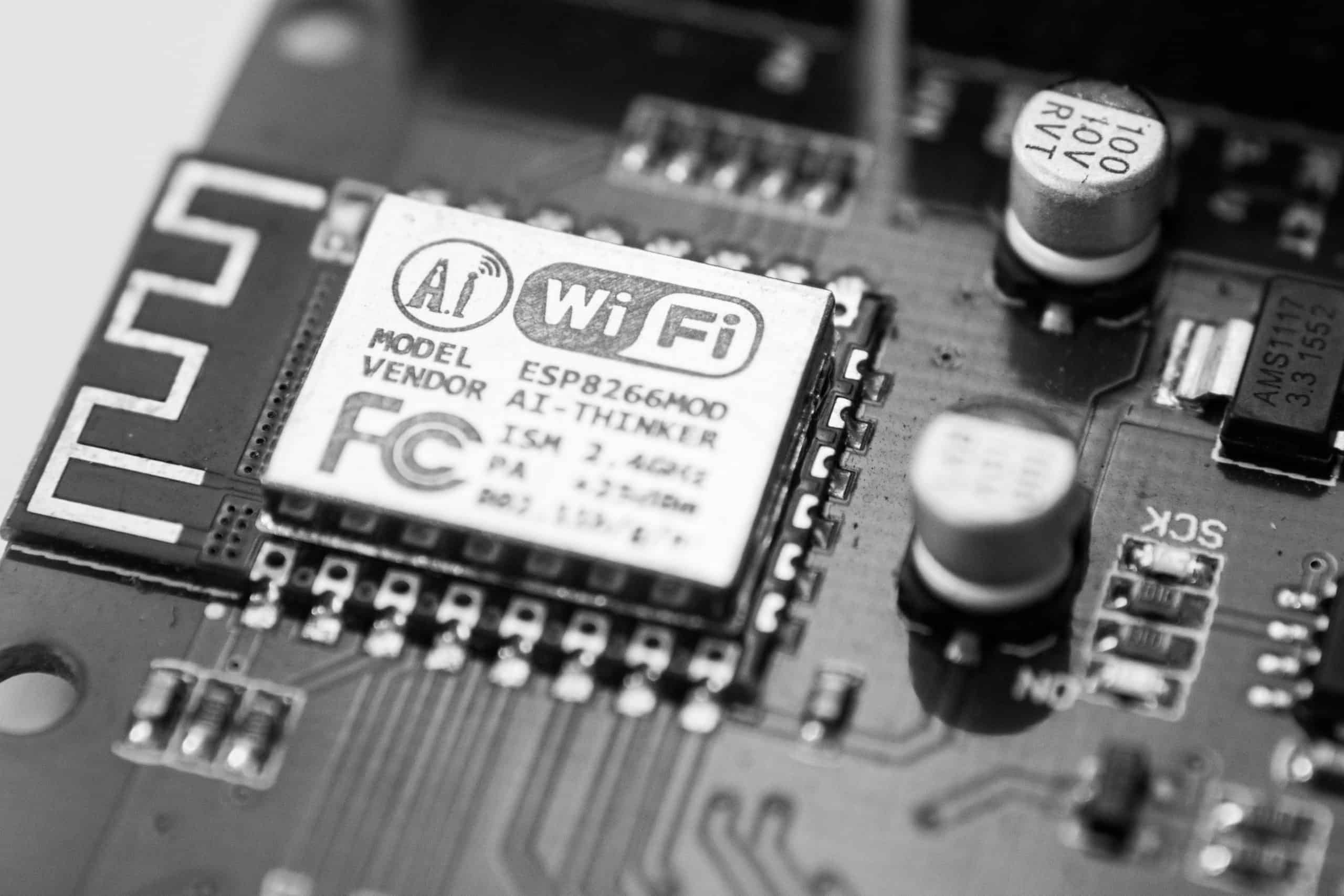
TL;DR: CableWiFi is a high-speed, wireless network initiative created by leading cable companies across the globe. It provides an extensive array of WiFi hotspots that enable subscribers to connect to the internet on-the-go.
Scroll down to get a detailed answer
But to grasp its functionality and advantages completely, it’s necessary to delve into its depths. So, let’s continue our exploration.
Table of Contents
The Genesis of CableWiFi
CableWiFi is a cooperative initiative by some of the leading cable providers including Comcast, Spectrum (formerly Time Warner), Cox Communications, Cablevision, and Bright House Networks. This partnership was formed with the intent of extending WiFi access for the subscribers of these companies beyond their homes, spanning across numerous public spaces.
The beauty of CableWiFi is in its effortless usage. As a subscriber to any of the above cable providers, one has easy access to the extensive network of CableWiFi hotspots. The network name “CableWiFi” would appear in the list of available WiFi networks wherever a hotspot is located.
How CableWiFi Works: The Technicalities
CableWiFi operates by establishing hotspots in various public locations. These hotspots transmit WiFi signals within a certain range, allowing devices within that range to connect to the internet wirelessly. Each CableWiFi hotspot is essentially a wireless access point connected to the wired network of the corresponding cable provider.
To simplify, imagine CableWiFi as an extensive blanket of WiFi coverage, stitched together by numerous individual hotspots.
The Advantages of CableWiFi
CableWiFi brings along a plethora of benefits. Here are a few:
- Ubiquitous Connectivity: With CableWiFi, you’re not confined to your home for internet access. You can easily stay connected while on the move.
- High-speed Internet: CableWiFi guarantees high-speed internet, enabling smooth browsing, streaming, or gaming experiences.
- Cost-effective: As a subscriber, accessing CableWiFi comes at no additional cost. It is a part of the package you subscribe to with your cable provider.
Connecting to CableWiFi: A Simple Guide
Connecting to CableWiFi is as straightforward as connecting to any other WiFi network. The following steps provide a general guideline:
- Open your device’s WiFi settings.
- Locate ‘CableWiFi’ from the list of available networks.
- Click on ‘CableWiFi’ to connect.
Note: the first time you connect, you may need to input your cable provider’s username and password.
In-Depth Look: Security Considerations with CableWiFi
While the convenience and ubiquitous nature of CableWiFi make it an attractive choice for many, it’s crucial to consider security aspects. Public WiFi networks, including CableWiFi, are more vulnerable to security threats compared to private, home networks.
Here are some recommendations for safe usage:
- Use a VPN: I recommend using a VPN (Virtual Private Network) when connecting to a CableWiFi hotspot. A VPN encrypts your data, making it difficult for potential hackers to access your information.
- Avoid sensitive activities: Try to avoid logging into bank accounts or performing any sensitive tasks that require personal information when connected to a CableWiFi hotspot.
- Ensure website security: When browsing, ensure that the website is secure. Secure websites typically start with ‘https’ instead of ‘http’.
The Alternative: Personal Hotspots
While CableWiFi provides extensive coverage, there might be situations when you don’t have access to a hotspot. In such cases, using a personal hotspot can be a viable alternative.
Most smartphones today allow you to create your own WiFi hotspot, which can be handy for on-the-go internet access. However, keep in mind, this would consume your mobile data.
A Peek into the Future: CableWiFi and Beyond
As we look towards the future of wireless connectivity, CableWiFi is just the tip of the iceberg. With advancements in technology, we are likely to see a more seamless integration of WiFi services into our everyday lives.
From smart homes to connected vehicles and cities, the applications are endless. CableWiFi represents an important step towards realizing this interconnected future.
Conclusion
In essence, CableWiFi is revolutionizing the way we access the internet. By offering high-speed internet access outside our homes, it’s a testament to the growing need for connectivity in the digital era. Whether you’re in a café, at a park, or traveling, CableWiFi ensures you’re never disconnected.
FAQ
How do I connect to CableWiFi?
To connect to CableWiFi, open your device’s WiFi settings, find ‘CableWiFi’ in the list of available networks, and connect. If prompted, enter your cable provider’s username and password.
What is WiFi cable?
WiFi cable isn’t a term typically used in the industry. However, it could be interpreted as the cable that connects a WiFi router to the internet, usually an Ethernet cable.
How can I connect to free WiFi?
To connect to free WiFi, first ensure you’re within range of a free WiFi hotspot. Then, open your device’s WiFi settings, locate the network, and connect. Some free WiFi networks might require you to accept terms and conditions or register before access.
How does free WiFi work?
Free WiFi works by using radio waves to transmit data between your device and a nearby router. It allows your device to connect to the internet wirelessly without needing any physical connection to the router. These free WiFi hotspots are usually provided in public areas such as cafes, libraries, or airports.


